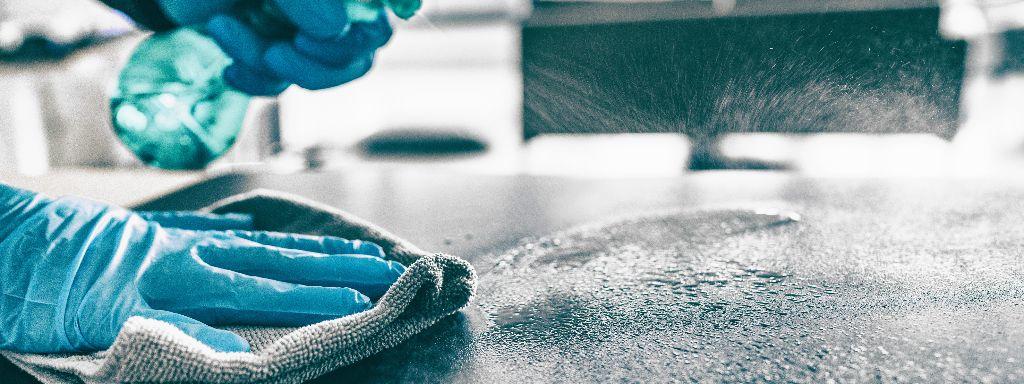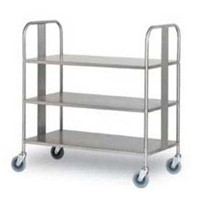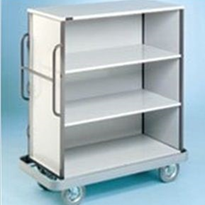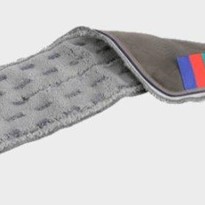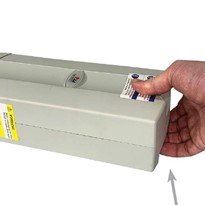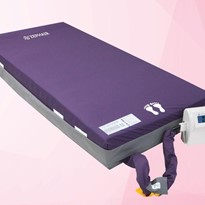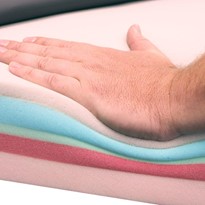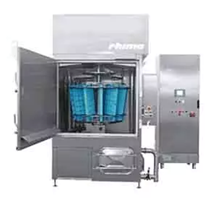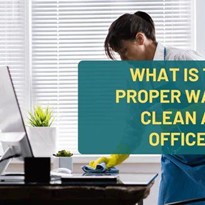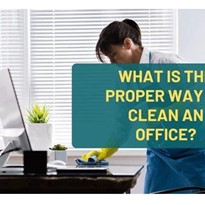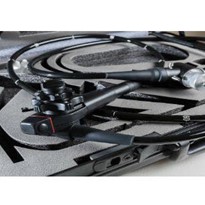This makes it harder for hospitals to stay on top of wipe downs and routine cleaning which can run the risk of infection transmission.
Ensuring your pressure care products stay hygienic and free from contagions is crucial and it’s important to note the correct way to keep these patient surfaces safe for everyone. In this article, you’ll read the recommended caretaking procedures for our range of mattresses, the Do’s & Don'ts of mattress cleaning and the importance of infection control in a hospital setting.
To care for our medical mattresses or cushions, some surface cleaning is recommended for routine circumstances.
- Do not breach the fabric surface with sharps or other abrasive materials.
- Disinfect using institution approved procedure; ensuring the surfaces are decontaminated, free from residues and dry before covering with a sheet;
- With alcohol based sanitisers* or
- With Quaternary ammonium compounds* or
- With Aldehydes* or
- With Peroxides*
- *Selected brands at manufacturer’s recommended concentrations.
The Do’s & Don’ts you should know before cleaning your mattresses.
- DO NOT USE BRUSHES OR PHYSICALLY ABRASIVE CLEANERS. These will destroy the waterproof coating of the fabric.
- DO HOWEVER, WIPE WITH A CLEAN CLOTH DAMPENED WITH A MILD DETERGENT SOLUTION (OR) APPROVED SANITISER. RESIDUES CAN BE REMOVED WITH CLEAN WATER.
- DO NOT SCRUB ZIP AROUND ZIPPER.
- If you suspect contamination, do remove cover, inspect and, if merited, machine wash.
- DO NOT DRY CLEAN.
- To HOT MACHINE WASH; Where laundering is required, do wipe the surface as clean as possible and sanitize using a suitable disinfectant. Fully unzip cover and remove mattress core TAKING CARE not to contaminate the foam core. Store foam core flat in a clean, dry location, protected from contamination. Leave the zipper open as fabric is waterproof and the interior will not be correctly laundered if the zipper is closed.
- DO NOT PIN or STAPLE labels etc on cover, as this will breach the waterproof integrity of the fabric. If identification is required WRITE ON THE COVER USING LAUNDRY SAFE FELT TIPPED MARKER.
- HOT WATER and most chemical SANITISERS can be used. RINSE WELL. DO NOT WRING. DRY FLAT where possible. DRY, NATURALLY AT ROOM TEMPERATURE AWAY FROM DIRECT HEAT. DO NOT IRON. When completely dry, refit to foam core. Close the zipper completely. Store flat, clean and dry when not in use. Protect from contamination.
How do I tell if my mattress needs replacing?
There are a few giveaways that will indicate when your mattress's lifespan has come to an end.
ALWAYS discard a mattress if the;
- Fabric cover is beached, worn or broken or
- Zipper does not fully close or
- Core is wet or malodorous or
- Mattress/cover no longer appears hygienic after prescribed cleaning procedure. Disinfect before disposal. DO NOT re-purpose or recondition this device.
Why is infection prevention for mattresses important?
With recent times shedding a new light on the importance of needing tighter infection control prevention methods in place, it’s clear why surface cleaning has become a high priority for hospital staff. Mattresses can come into contact with a patient’s skin, which houses bacteria and also can be regularly exposed to bodily fluids or open wounds.
Studies have shown that there are around 165,000 healthcare associated infections in Australian health facilities each year, making them the most common form of complication affecting patients in hospitals today. With that figure in everyone’s minds, it is no wonder why regular surface cleaning has become a priority to keep on top of infection prevention.


